CONTENT NOTIFICATIONS
Medical: Animal Anatomy/Reproduction

 5
5
|
Standard MARC Records Cover Art |
For Grades 5-7
This collection ensures a steady stream of engaging books for middle-grade readers, offering a well-balanced mix of fiction and nonfiction. Designed to challenge and inspire young readers, these selections remain accessible for those transitioning to more complex texts or who may be reluctant to read.
Novels, Fiction, Reluctant Readers, Transitional Readers, Realistic Fiction
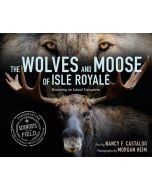
Nonfiction Middle Plus
August 2022
 21.6
21.6
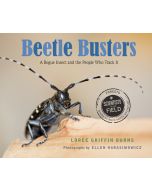
Science Nonfiction Elementary Plus
October 2014
 6.75
6.75
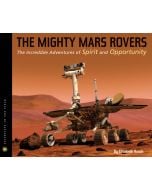
Upper Elementary/Middle
June 2012
 5
5
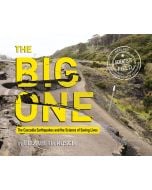
Nonfiction Middle Plus
August 2020
 12.5
12.5
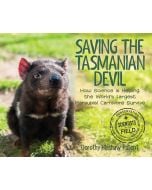
Nonfiction Middle
August 2019
 6
6
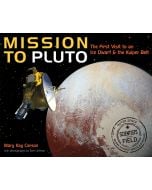
Nonfiction Middle
January 2017
 5
5
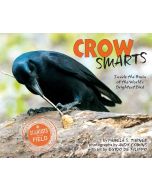
Science Nonfiction Elementary Plus
August 2016
 12
12
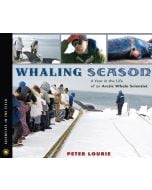
Science Nonfiction Elementary Plus
October 2009
POTENTIALLY SENSITIVE AREAS
Illustrations/Images: Blood/Gore
 5
5
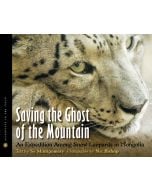
Nonfiction Middle
June 2009
 5
5
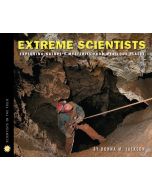
Nonfiction Elementary Plus
May 2009
 5
5
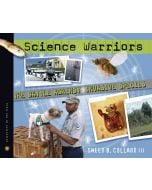
Intermediate Readers
October 2008
POTENTIALLY SENSITIVE AREAS
Language: Mild Language
 5
5

Nonfiction Elementary Plus
Publication date not available
POTENTIALLY SENSITIVE AREAS
Medical: Reproductive/Sexual Reference/Discussion
 5
5
Intermediate Readers
Publication date not available
 9
9
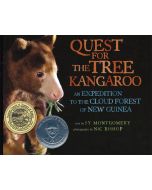
Nonfiction Elementary Plus
Publication date not available
 9
9
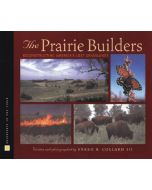
Intermediate Readers Plus
Publication date not available
 5
5